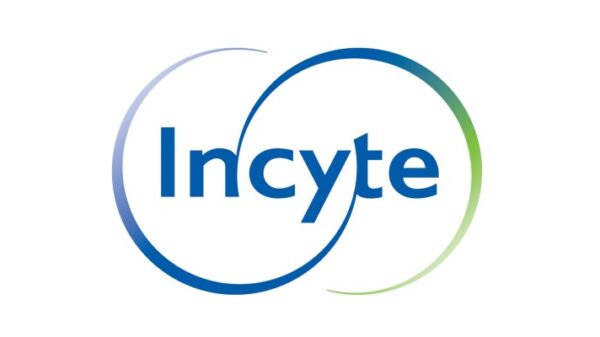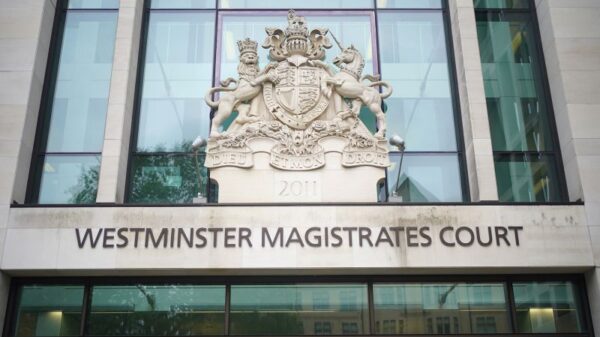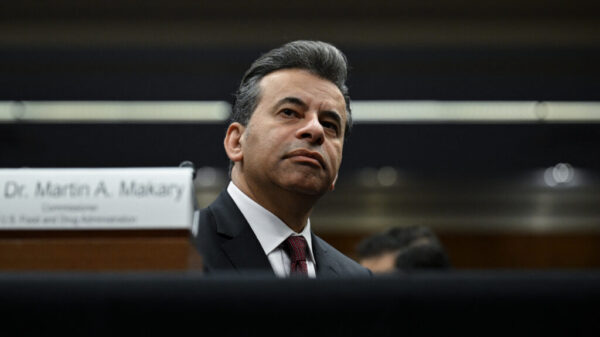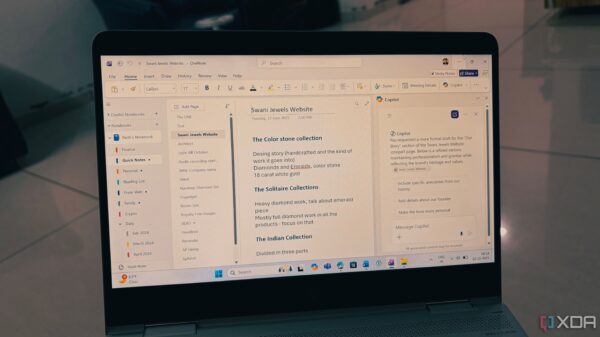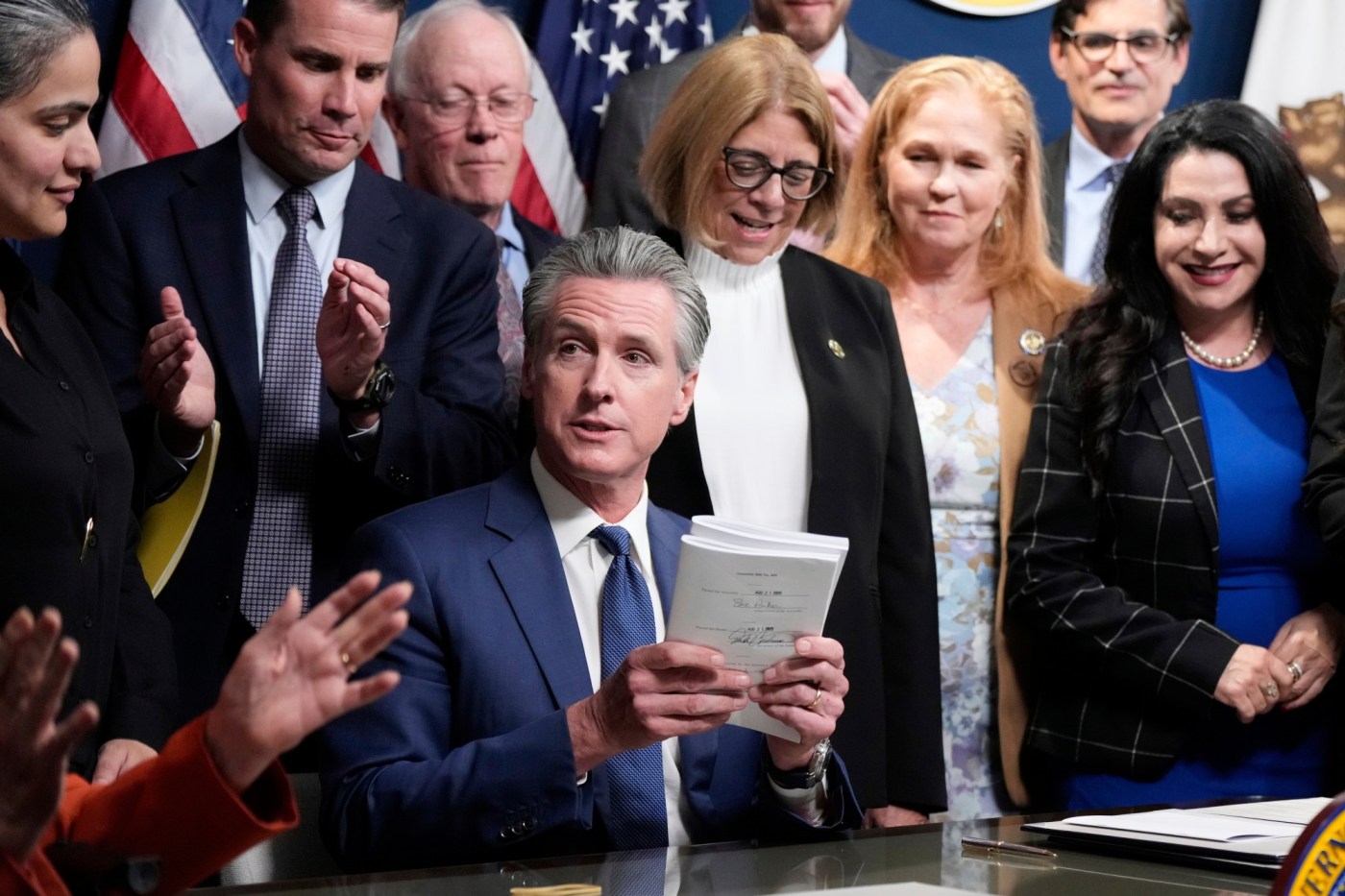California’s Governor Gavin Newsom has found himself at the center of a political storm over his proposed redistricting plan, which is being met with a mix of skepticism and outright opposition. As he prepares for a likely presidential run, Newsom’s strategy to challenge the state’s independent redistricting commission has raised questions about his judgment and political acumen.
The crux of the controversy lies in the redistricting process, which determines how electoral district boundaries are drawn. Newsom’s plan aims to shift authority back to state lawmakers, a move that polling suggests is not favored by a majority of voters. While Newsom recently cited a poll showing 57% support for his proposal, a subsequent Politico poll indicated that only 36% of registered voters support returning redistricting authority to the legislature, preferring to maintain the current independent commission.
Financial Backing and High-Profile Opposition
The financial stakes are significant, with established figures from both parties preparing to mobilize against the proposal. Former Republican House Speaker Kevin McCarthy has pledged to raise $100 million to oppose the plan at the ballot box. Additionally, high-profile donor Charles Munger, Jr., known for contributing $12 million to a campaign in 2010 aimed at expanding the jurisdiction of the independent commission, is expected to join the fight.
Opposition also comes from notable political figures such as former California Governor Arnold Schwarzenegger, who has publicly condemned efforts to increase gerrymandering in California and Texas. The financial and political resources lined up against Newsom could pose a formidable challenge as the battle unfolds.
Claims of Hypocrisy and Misrepresentation
The discourse surrounding the redistricting plan has been marked by accusations of hypocrisy. Assembly Speaker Robert Rivas, a Democrat from Hollister, criticized the lawsuit filed by Republicans against the plan, labeling it as “anti-American and anti-democratic.” This statement stands in stark contrast to actions taken by Rivas and Newsom last year, when they sought to remove a voter initiative from the ballot through a petition to the California Supreme Court, a move that deprived citizens of their right to vote on the Taxpayer Protection and Government Accountability Act.
In addition to hypocrisy, there are concerns about the transparency and honesty of the information being presented. Initially, Newsom asserted that new district maps would be included in voter guides to ensure transparency. However, this claim has since been altered, with Democrats stating that the maps will only be available on a website rather than through physical voter guides mailed to registered voters.
Critics, including the San Francisco Chronicle, have pointed out inconsistencies in claims about the fairness of the new maps. Newsom’s supporters argue that the revised boundaries minimize the crossing of city and county lines, yet independent analyses suggest that the new maps may actually be less fair than the current ones, further fueling the flames of discontent.
Despite the political upheaval surrounding the redistricting plan, there may be a silver lining for taxpayers. According to Politico, Newsom’s controversial proposal has effectively quashed any serious consideration of tax increases by lawmakers before the Legislature adjourns next month. For many taxpayers, this development is a welcome reprieve amid the ongoing political drama.
As the situation evolves, the implications of Newsom’s redistricting plan will continue to unfold, shaping the political landscape of California and potentially impacting his ambitions on a national level. The outcome of this battle will not only determine the future of electoral boundaries in California but also serve as a litmus test for Newsom’s political strategy as he eyes the presidency.






